When the first flower buds appear on the spring-blooming perennials, our hearts soar. These bright and beautiful plants are the perfect way to welcome the new season and put aside long, cold, wintery days.
Spring flowering perennial plant options are ample, with many beautiful and often spectacular choices beyond the standard daffodils, tulips, and crocuses. These splendid spring perennials herald in spring with their bright and cheerful flowers, and we're right there with them!
Jump to:
- Basket of Gold (Aurinia saxatilis)
- Clove Currant (Ribes aureum)
- Candytuft (Iberis sempervirens)
- Oriental Poppies (Papaver orientale)
- Virginia Bluebells (Mertensia virginica)
- Lungwort (Pulmonaria sp.)
- Wake Robin (Trillium sp.)
- Grape Hyacinth (Muscari sp.)
- Forsythia (Forsythia sp.)
- Flowering Quince (Chaenomeles speciosa)
- Desert Marigold (Baileya multiradiata)
- Checkered Lily (Fritillaria meleagris)
- Rose Daphne (Daphne cneorum)
- Sweetbay Magnolia (Magnolia virginiana)
Basket of Gold (Aurinia saxatilis)
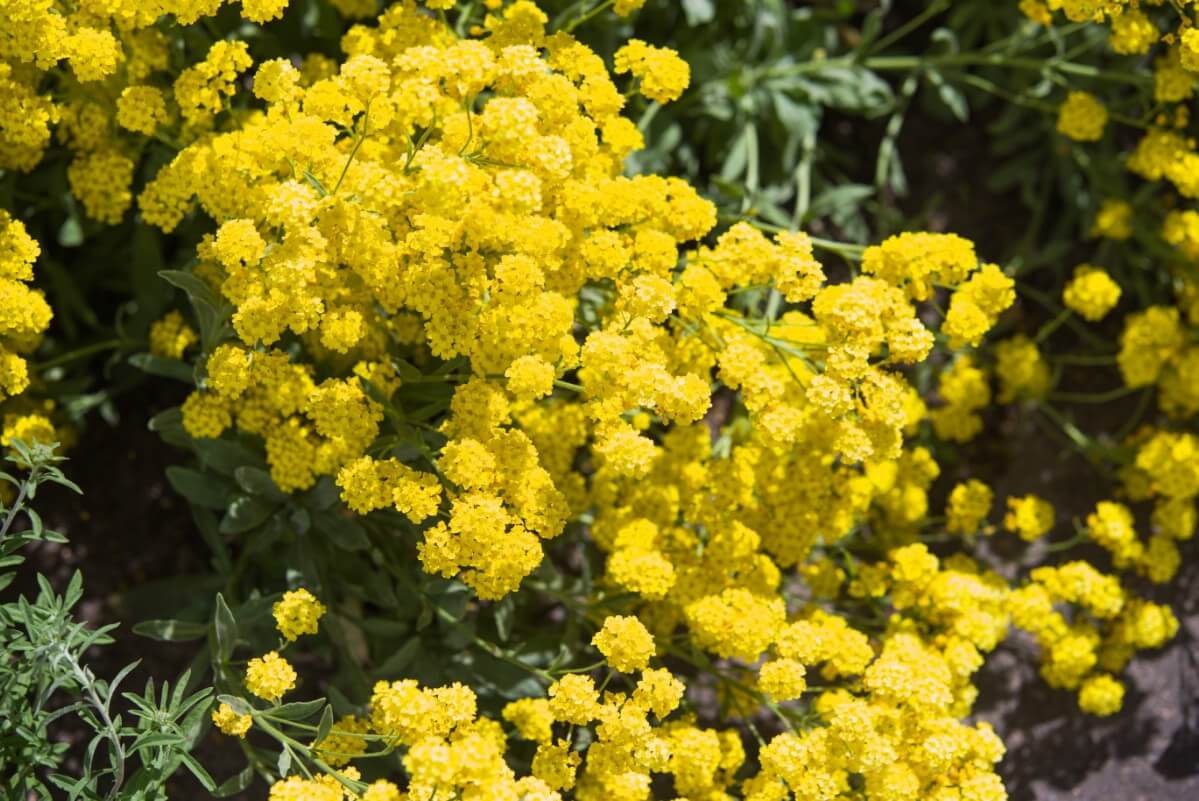
This brilliant spring-blooming shrub truly is a Basket of Gold when it is in full bloom. The flowers appear in prolific numbers above the low-growing grayish-green foliage for 4-6 weeks. Basket of Gold is a ray of sunshine in the spring with its bright golden-yellow flowers.
This spring perennial grows 6-12 inches tall and looks stunning in rock gardens, growing on top of stone walls, or as a filler between taller evergreen perennials. Beneficial insects appreciate the rich nectar, and deer generally avoid it. When you need a super cheerful spring welcoming, Basket of Gold always delivers. Hardy to zones 3-7.
Clove Currant (Ribes aureum)
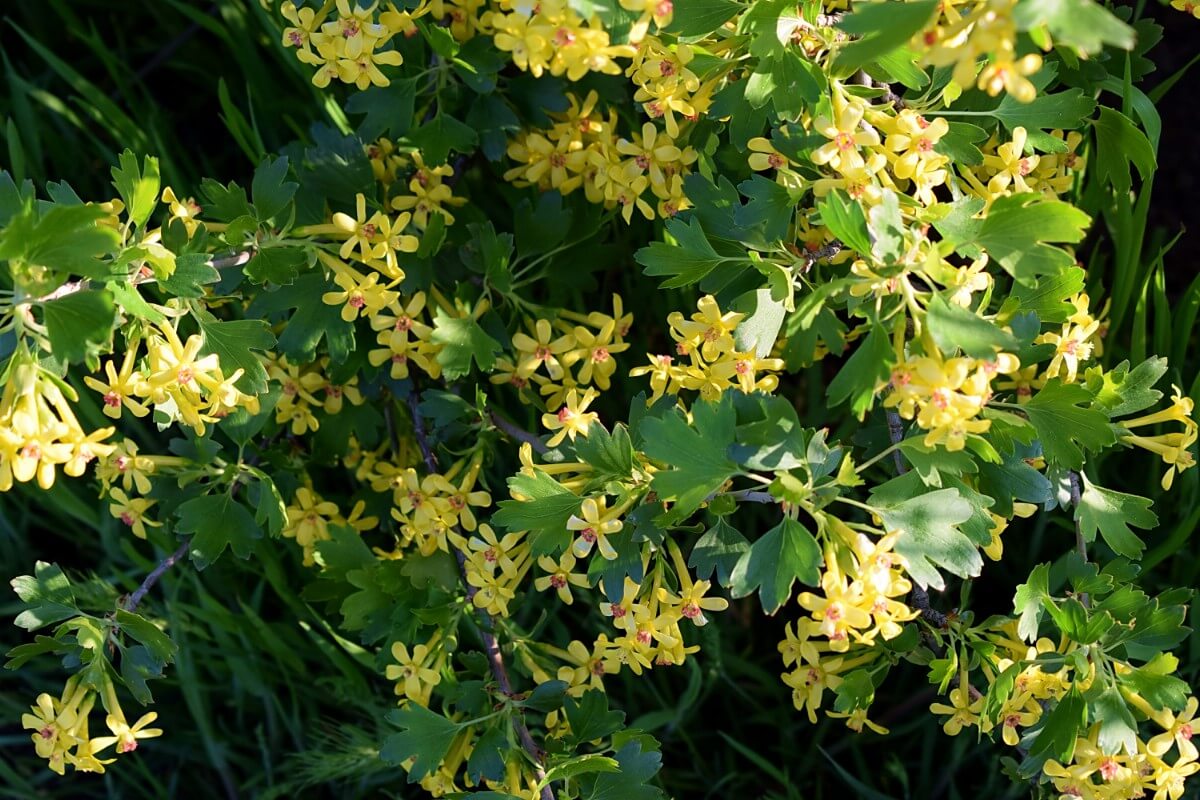
A deciduous shrub with long-lasting seasonal interest, Clove Currant is a native plant that deserves more attention. The flowers smell strongly like cloves (hence the name) and are intoxicating when this shrub is in full bloom. Clove Currant produces profuse amounts of edible blackberries in summer, which are excellent eaten fresh or used to make jams, juices, and pies. There is so much to appreciate with this spring-blooming perennial that we can't believe it isn't more well known.
Clove Currant is drought tolerant, disliked by deer and rabbits, and loved by butterflies and birds. This 6-8 foot perennial shrub is fantastic planted as a border or hedgerow, included in a wildlife garden, or grown near the porch where you can appreciate the rich fragrance. The abundant golden-yellow trumpet-shaped flowers bloom for several weeks. Clove Currant is hardy to zones 4-8.
Candytuft (Iberis sempervirens)

A low-growing evergreen perennial with pure white flowers, Candytuft is enchanting as a spring perennial. The tiny 4-petaled flowers grow in clusters right above the leathery dark-green foliage and feature yellow centers that offset the white, making it stand out even more. Candytuft averages 6-12" tall and will mound or cascade over borders, walls, rock gardens, raised beds, and planters. When in bloom, the flowers are so profuse, it is difficult to see the foliage beneath.
This is a great spring blooming perennial for those that miss the snow; Candytuft in bloom looks like a thousand snowflakes landed in the garden. In addition to being beautiful, Candytuft plants are tough, tolerant, and extremely low-maintenance. The butterflies and bees love the flowers, too. Candytuft looks amazing planted with Basket of Gold (listed above), as they welcome spring with a bright and cheery carpet of color. Hardy to zones 3-9.
Oriental Poppies (Papaver orientale)
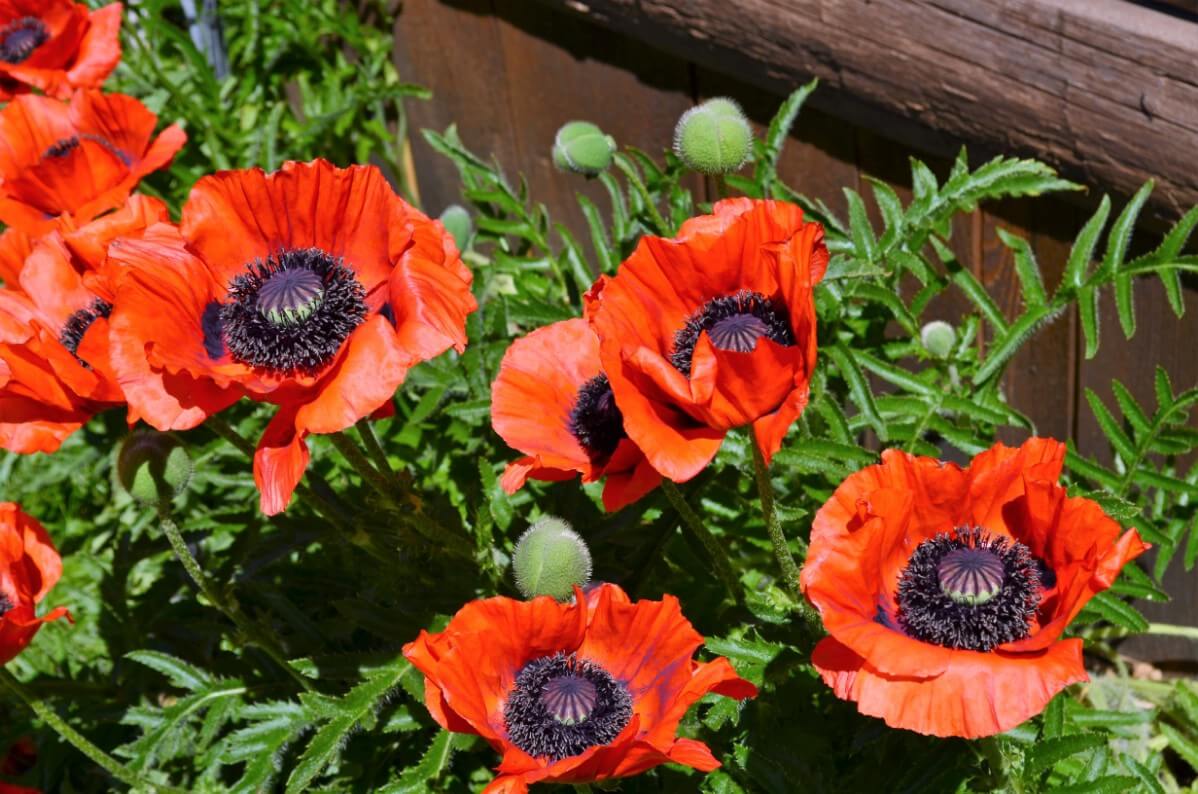
When you want to make a bold, eye-catching statement in the flower garden, plant these stunning Oriental Poppies. Oriental Poppy colors are exceptionally bright, the blooms are exquisite, and overall, they are incredibly attractive. When these late-spring blooming perennials are planted in groups, the garden literally pops with color. The flowers grow atop 2-3 foot tall stems, high above the foliage, and last a couple of weeks before fading away. Poppy flower petals are crinkled, like crepe paper, and often feature vivid contrasting color combinations. There are hundreds of cultivars available, and we've listed below a few of our very favorites. Oriental Poppies are hardy to zones 3-7.
“Harlem” flowers are a deep burgundy color with black splotches at the base of each petal and a deep purple center eye.
“Fancy Feathers” petals are ruffled and large, deep pink, and fringed. It stands out as not your average Poppy flower shape and exceptionally intriguing.
“Eye Catcher” is the quintessential Oriental Poppy, with striking orange-red flowers with black markings at the base of each petal and a dark center eye.
“Picotee" flowers are white and bowl-shaped, with ruffled apricot-orange edges and a dark center eye. This Poppy has a delicate, elegant aesthetic.
“Karine" Poppy blooms are our absolute girly favorite. The slightly cupped flowers are pale pink, dainty and graceful, with pinkish-purple splotches at the base of each petal and a dark purple center eye.
Virginia Bluebells (Mertensia virginica)
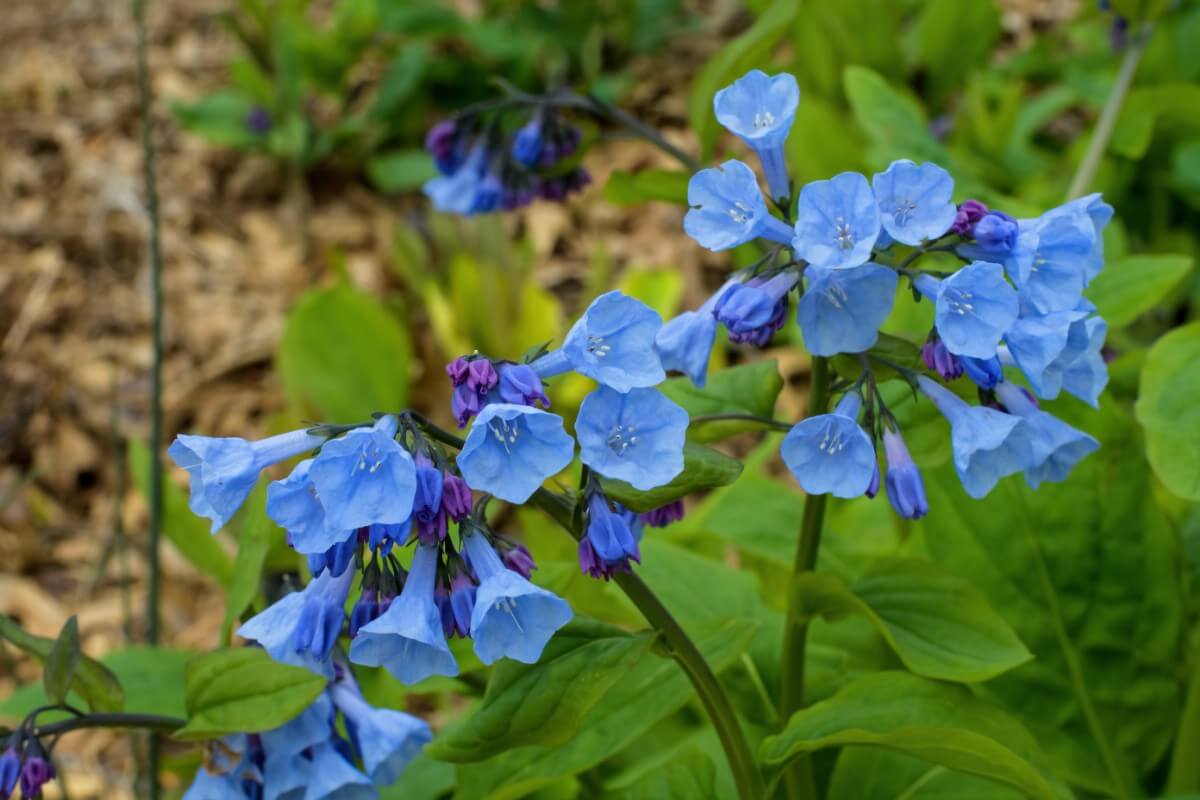
There are few things sweeter than the delicate, light-blue, bell-shaped flowers of the native Virginia Bluebell. One of the first spring bloomers, Virginia Bluebell produces nodding clusters of sky-blue flowers, which the butterflies, bees, hummingbirds, and moths adore. The flowers stay bright and cheerful for many weeks, and they look stunning planted en masse around trees and shrubs or lining a walkway or path.
This spring perennial grows 1-2 feet tall and features attractive smooth blueish-green foliage. There are several other native bluebells, each with its own appeal and sweet, bright spring blooms. Hardy to zones 3-8 (dependent of species).
Lungwort (Pulmonaria sp.)
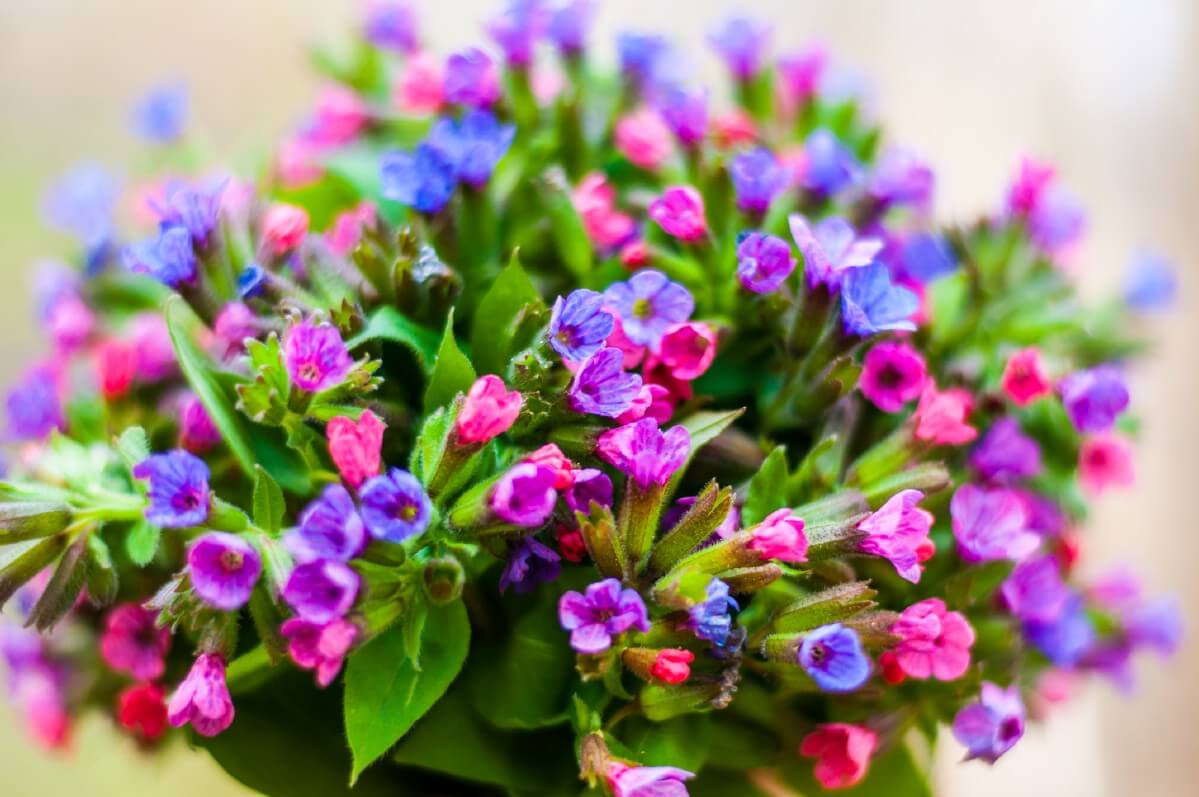
This perennial with an upright, clump-forming growth habit dazzles with spectacular flower color choices. Lungwort produces clusters of funnel-shaped flowers in early spring, which stay growing strong for many weeks. The foliage of this spring perennial is equally as attractive as the flowers, with wonderfully speckled, lung-shaped leaves which give it its common name. Lungwort foliage remains throughout the seasons, adding a layer of interest to the garden even when it is not in bloom.
Best of all, it is extremely low maintenance and deer resistant. Lungwort grows 10-12" tall and prefers partial or full shade. Flowers colors range from bright pink to sky blue to royal blue to light purple. One of the most breathtaking cultivars is "Raspberry Splash," which features light-purple and raspberry-pink flowers in dense clusters. The "High Contrast" Lungwort has pink flowers that transition to blue, creating a colorful pastel array as each flower matures. "Shrimps on the Barbie" Lungwort features deep pink flowers in brilliant bunches and silver spotted leaves. Hardy to zones 4-9.
Wake Robin (Trillium sp.)
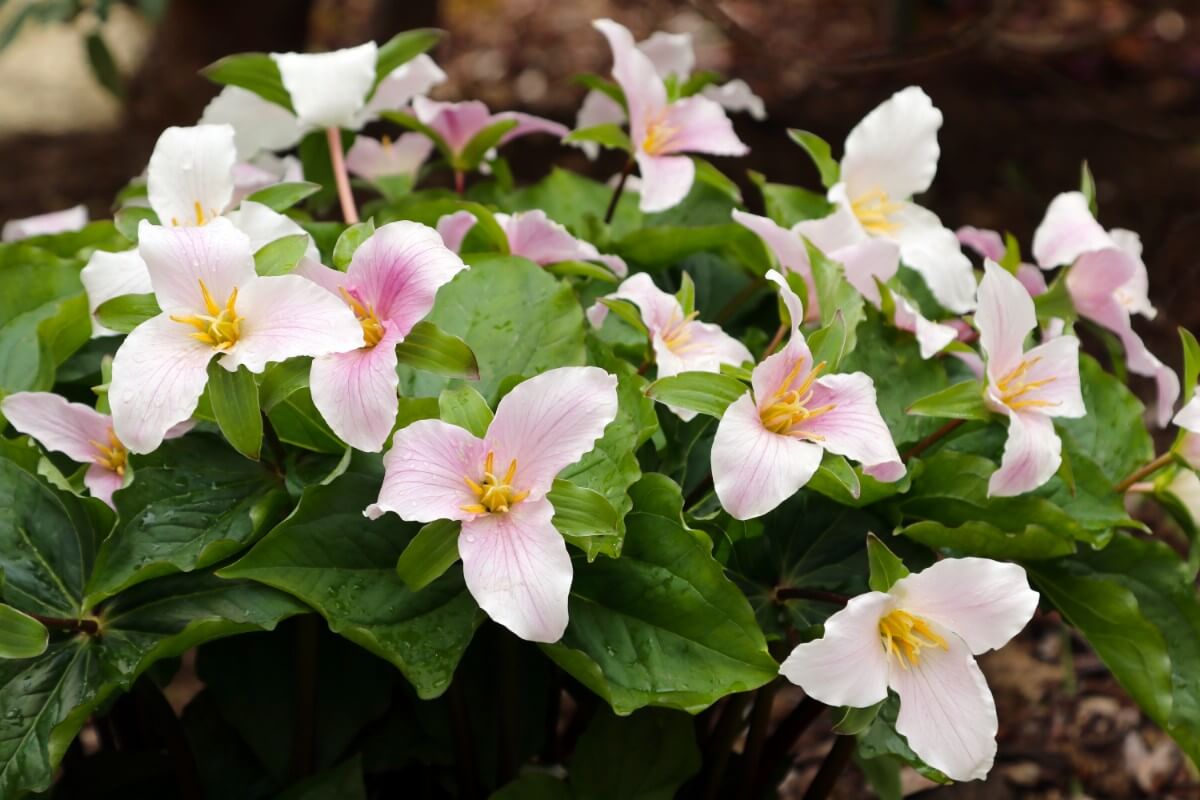
Trillium blooms mark the proper start of spring for many outdoors folks as they burst forth along hiking trails and paths. But, we don't have to go searching for this native wildflower anymore. A beautiful, evocative spring bloomer, Trillium is becoming readily available as seeds and starts across the country. There are dozens of species native to North America; look for ones that thrive in your region. There are also Asian species, but there is no reason to grow those when we have so many native choices.
Trillium flowers are usually white, burgundy, or yellow and have three open outward-facing petals. The symmetry of the petals, leaves, and sepals is extraordinary. These flower blooms practically invite you to admire and cherish them.
The flowers appear solitarily atop each plant, and it's best to grow these beauties in groupings to experience their true brilliance. The leaves are either heart, egg, diamond, or arrow-shaped, and some are solid green, while others feature gorgeously mottled or marbled leaves. Giant Wake Robin (T.chloropetalum) with bright crimson flowers that smell like roses and mottled light green leaves is a top choice. Wood Lily (T.luteum) is beloved for its buttery yellow flowers and light lemon scent.
Our favorite is Painted Trillium (T.undulatum), which features brilliant white flowers with splashes of bright pink on the petals. Trillium is hardy to zones 4-8, depending on the species.
Grape Hyacinth (Muscari sp.)

The early-blooming Grape Hyacinth is a must for every flower garden. With eye-catching flowers that grow on stalks and resemble a cluster of grapes, it is impossible to miss this spring-blooming perennial.
Most Grape Hyacinths are a shade of blue, but there are also white, yellow, light purple, and bicolor varieties. The flowers are bell-shaped but pursed at the mouth and stand tall above the rich-green grass-like foliage.
Grape Hyacinth is a bulb flower and looks fantastic planted around the base of a tree or shrub, in large groupings, and as a border plant. Grape Hyacinth is not actually a Hyacinth and came by its common name because it moderately resembles its namesake.
Some varieties we particularly like include "Album" (pearly white flowers), "Ocean Magic" (white and blue bi-color flowers), and "Saffier" (violet flowers with light green tips).
Hardy to zones 4-8.
Forsythia (Forsythia sp.)
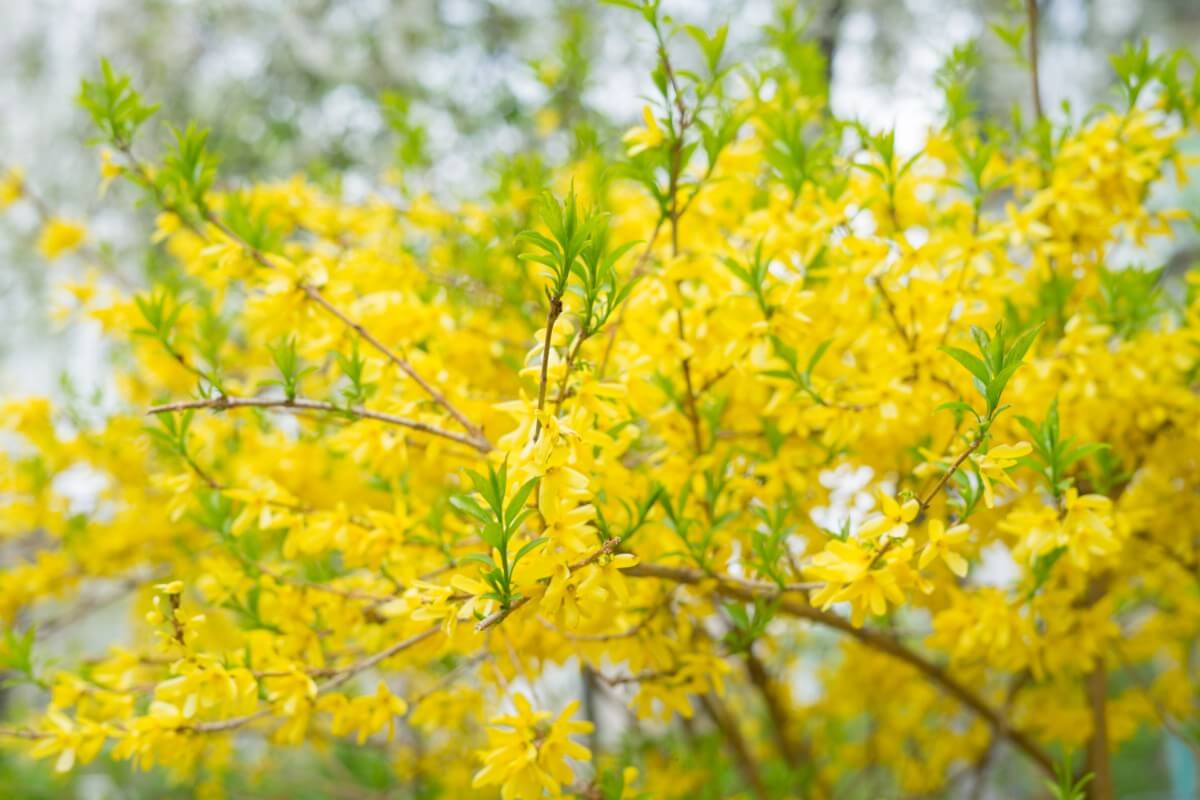
There are few things more spectacular than a Forsythia bush in full spring bloom. The dazzling golden-yellow flowers and sweet almond scent delight the eyes and senses. The main reason Forsythia stands out so much is that when it blooms, there is no foliage on the tree.
Golden Forsythia flowers line the naked branches on short stems, marking the beginning of spring with its early blooming. Many Forsythia will bloom even after late spring snowstorms or severe winter weather; this is one tough shrub! Forsythia bushes average 3-10 feet tall (depending on species and cultivar) and have a rather gangly appearance, but they are easily maintained through regular pruning.
This shrub looks best as a hedge or border plant or as a statement centerpiece in the cottage garden. Hardy to zones 5-9.
Flowering Quince (Chaenomeles speciosa)
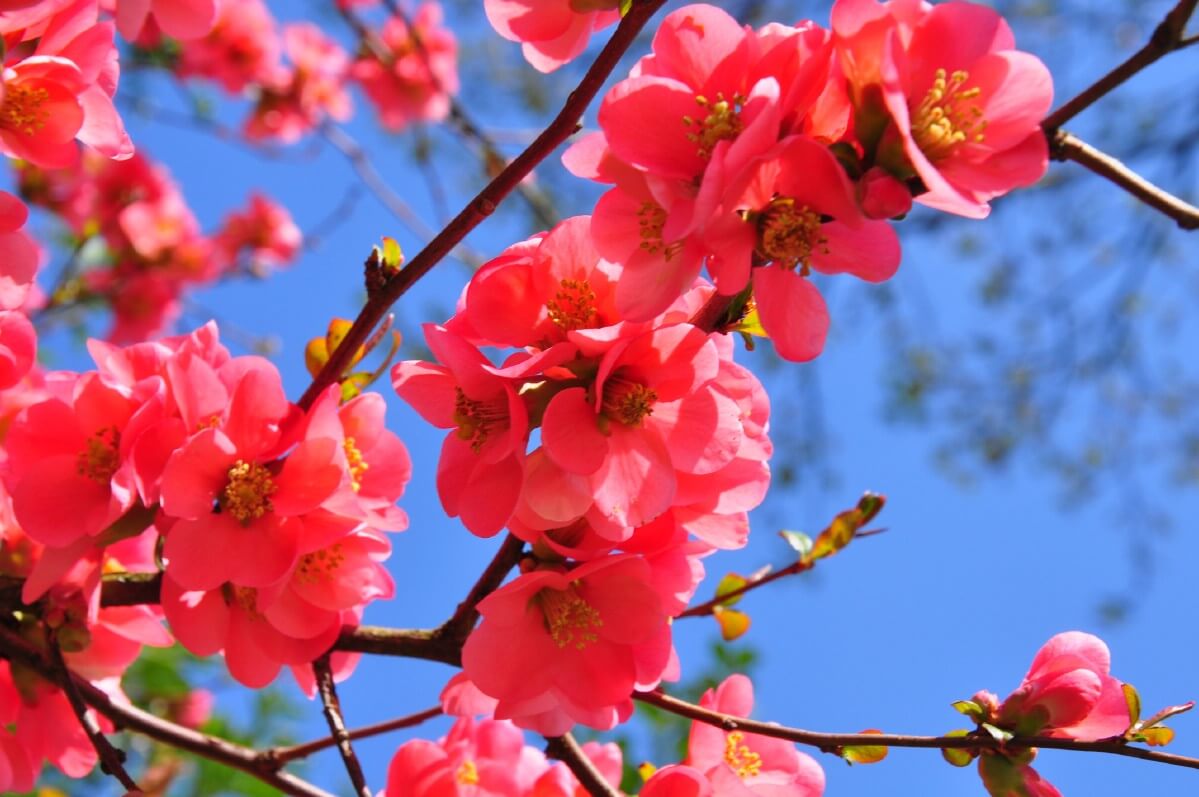
A deciduous shrub that blooms with abundance when little else is even growing, Flowering Quince is a fantastic spring perennial. The thorny branches feature tons of rich pink, orange, white, or yellow double flowers along mostly naked stems.
Flowering Quince shrubs grow 5-8 feet tall and 8-10 feet wide with tangled branches and spreading form. They make excellent hedges, border plants, or screens. These shrubs can even be trained to grow up against a wall.
Flowering Quince is deer and rabbit resistant, extremely low maintenance, and produces edible fruits in the fall. The fruits aren't great eaten raw, but make excellent jellies and preserves. Classic Flowering Quince shrubs have thorns, but there are thornless varieties available now. Hardy to zones 5-9.
Desert Marigold (Baileya multiradiata)
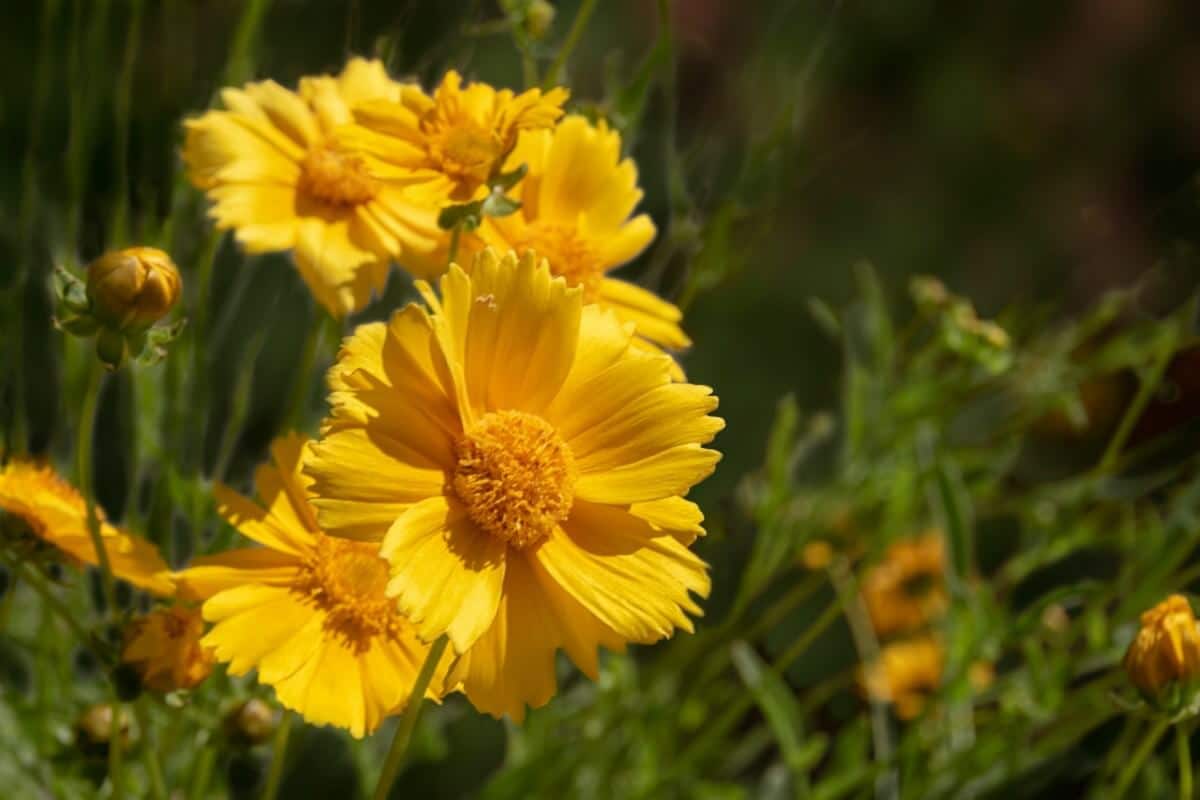
A native spring perennial with gorgeous bright yellow sunny flowers, Desert Marigold is easy to grow, and the blooms last a long time. Desert Marigold flowers appear atop 12-18 inch tall silver-green leafless stems.
The foliage is minimal, meaning when it is bloom, it is all about the flowers. This early spring bloomer forms mounds of flowers that liven up any space they occupy. Butterflies and bees adore the early nectar, and birds like the seeds that come later.
Desert Marigold is a drought-tolerant flower that does well in extreme heat, poor soil, and otherwise unfavorable growing conditions. Native to western and southwestern North America, Desert Marigold is ideal for rock gardens, flower beds, or container growing. Hardy to zones 7-10.
Checkered Lily (Fritillaria meleagris)
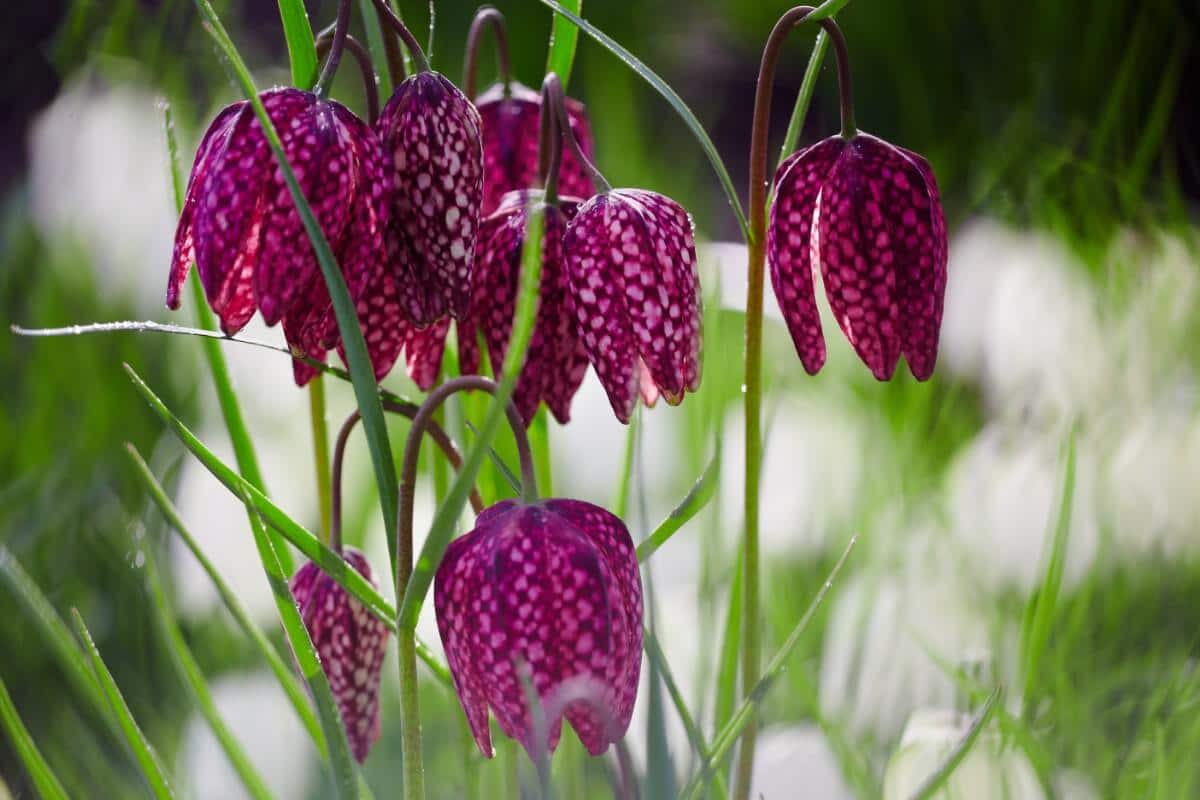
The stunning bell-shaped pendant flowers of Checkered Lilies turn heads wherever they grow. Their appearance is so perfect that it looks like someone painted them. Each bloom is literally checkered, usually with a reddish-purple and white palette.
In the center of each flower is a golden-yellow stamen, which adds another layer of color intrigue. While the flowers and growth of Checkered Lily aren't particularly big or impressive, they still amaze with their absolute uniqueness.
Checkered Lily blooms grow on 14-16 inch slender bluish-green stems above grass-like leaves. Flowers appear in mid to late spring, and they look phenomenal in mass plantings or growing along borders. Hardy to zones 4-8.
Rose Daphne (Daphne cneorum)
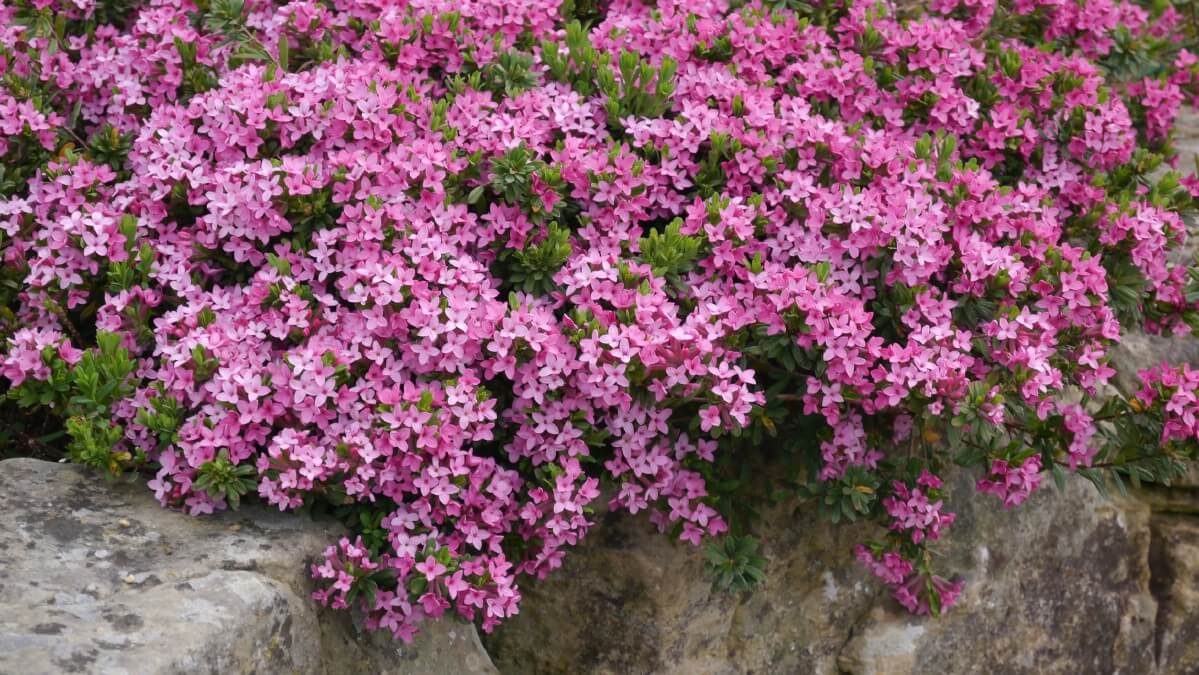
With flowers so profuse they practically obscure the shrub, the spring-blooming Daphne is an absolute stunner in full bloom. Rose Daphne is a low-growing evergreen shrub with a trailing habit that makes it ideal for rock gardens, growing atop stone walls, or a low border plant.
The leaves are deep green, glossy, and narrow and line the long branches. The sweet, bright pink Daphne flowers arrive in early to mid-spring.
Each 4-petaled flower is relatively small, but they appear in such dense clusters that they take over the bush. Rose Daphne flowers emit a sweet, floral fragrance that invigorates the air. Plant this one near a back porch or deck to appreciate its full charm. Hardy to zones 5-8.
Sweetbay Magnolia (Magnolia virginiana)
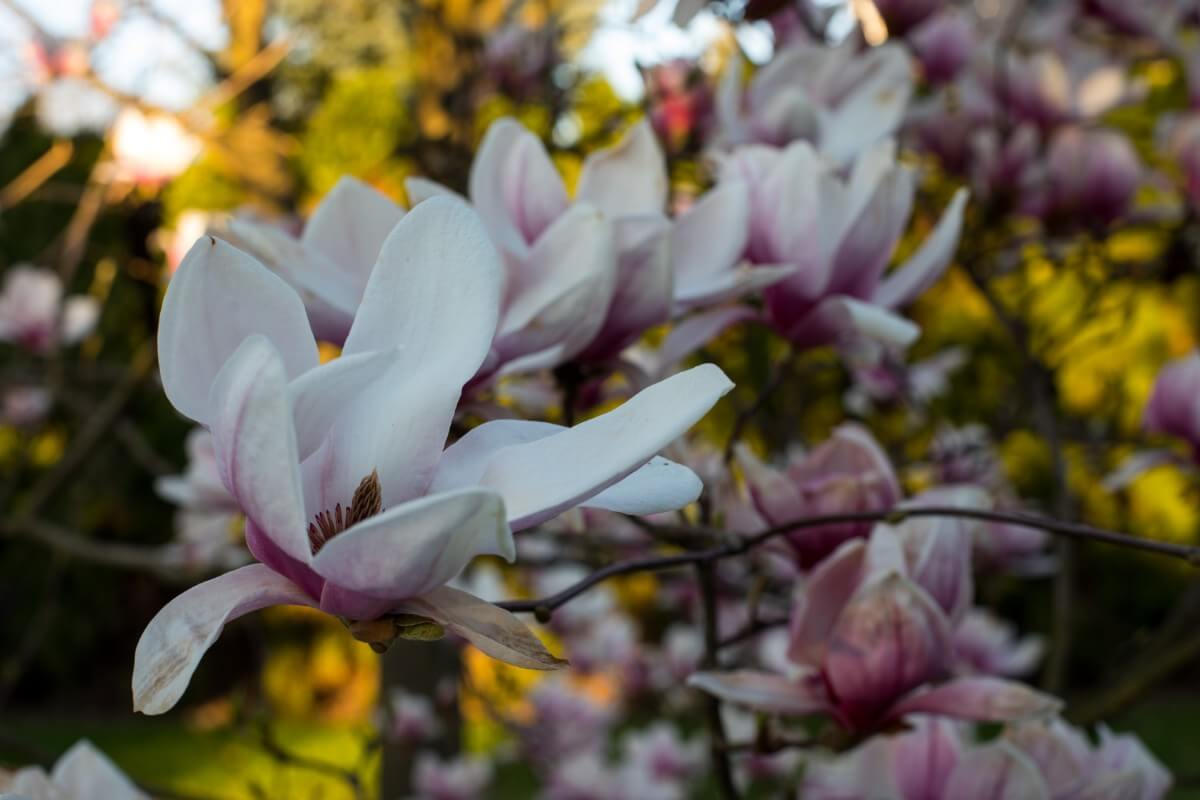
Sweetbay Magnolia is renowned for its abundant snow-white flowers, which appear early in spring and release the most magnificent sweet lemon fragrance. When the wind blows, the tree shimmers with color from the bi-color leaves (green above and silvery-white underneath). Sweetbay trees grow up to 35-feet tall; in warmer southern climates, it retains its evergreen nature, but it may lose its leaves in northern climates.
The glossy, thick, leather-like leaves of Magnolia keep it interesting even when not in bloom. These spring bloomers can be grown as multi-branched shrubs or slender trees.
The individual cup-shaped flowers have between 9-12 petals, which close up every night and reopen in the morning. There are nine species of Magnolia native to North America, and each one is spectacular in its own right. Asian Magnolias are also beautiful, but when we have so many fantastic native options, it seems needless to choose a non-native. There are also many cultivars of the native species available, with varying growth habits and flower displays.
Hardy to zones 5-10.
There's no greater way to get over the winter blues than to have the cold season ushered away with bright, cheerful flowers. Plant a variety of spring-blooming perennials to herald in the new growing season. These spring-flowering perennials are varied, engaging, and meant to lift the heart and bring joy to the soul.

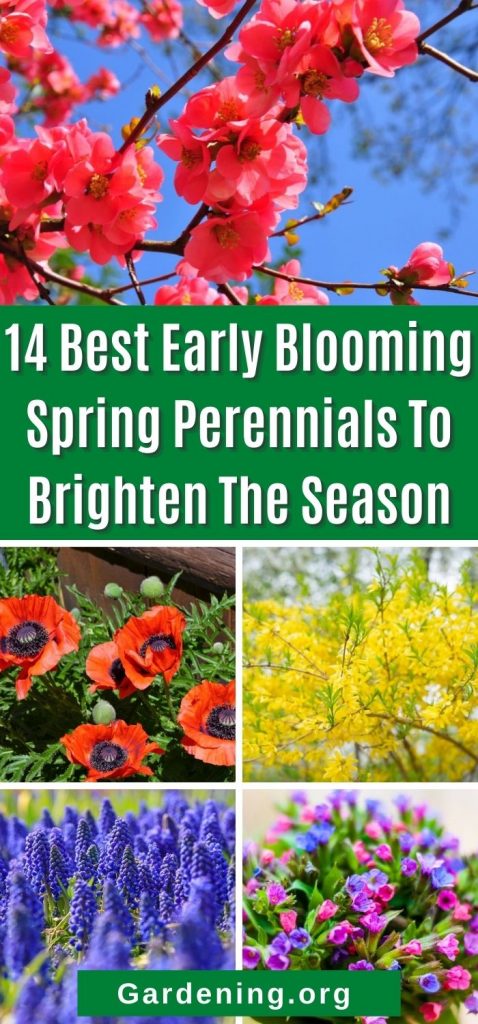
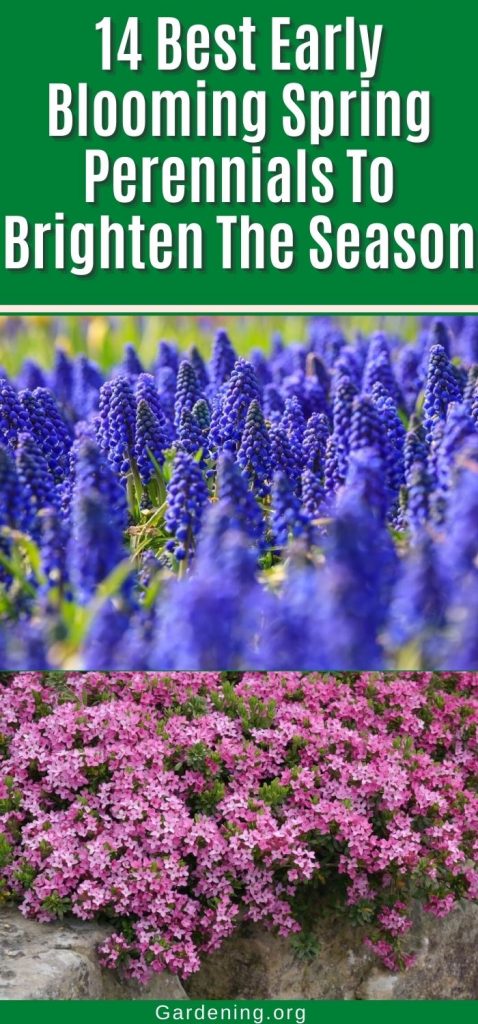
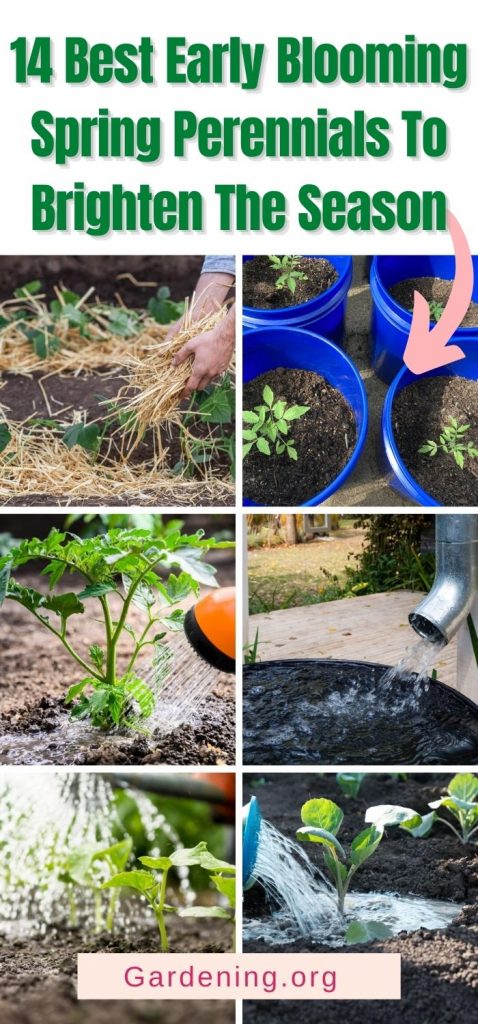
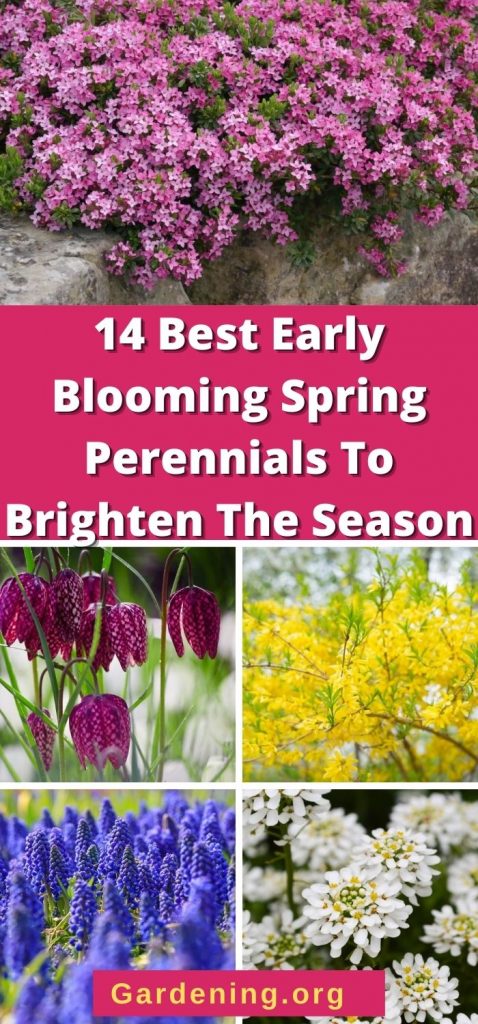

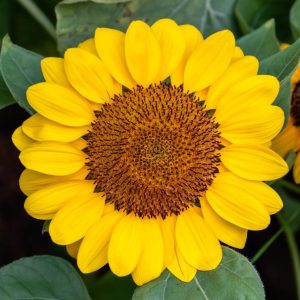
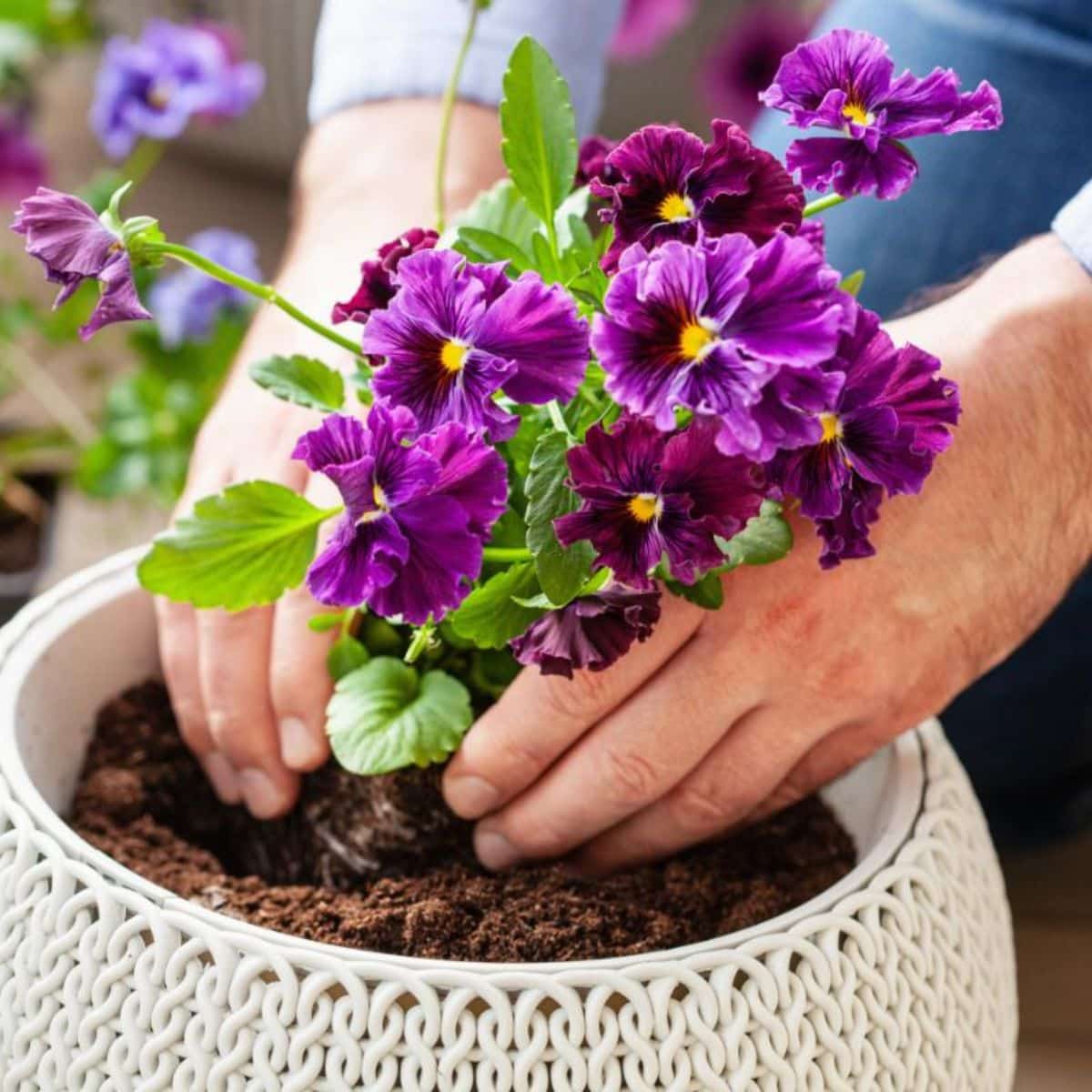
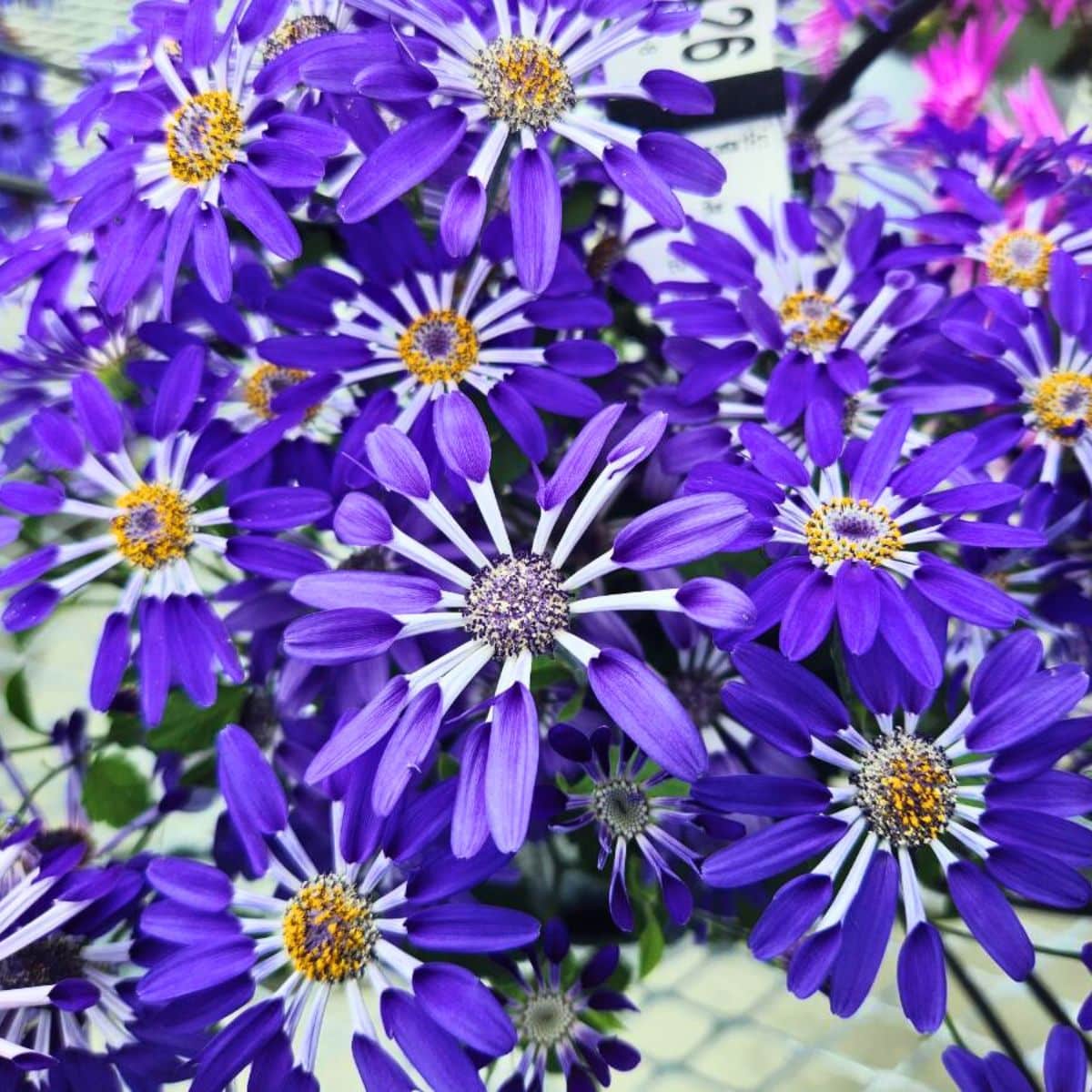
Leave a Reply